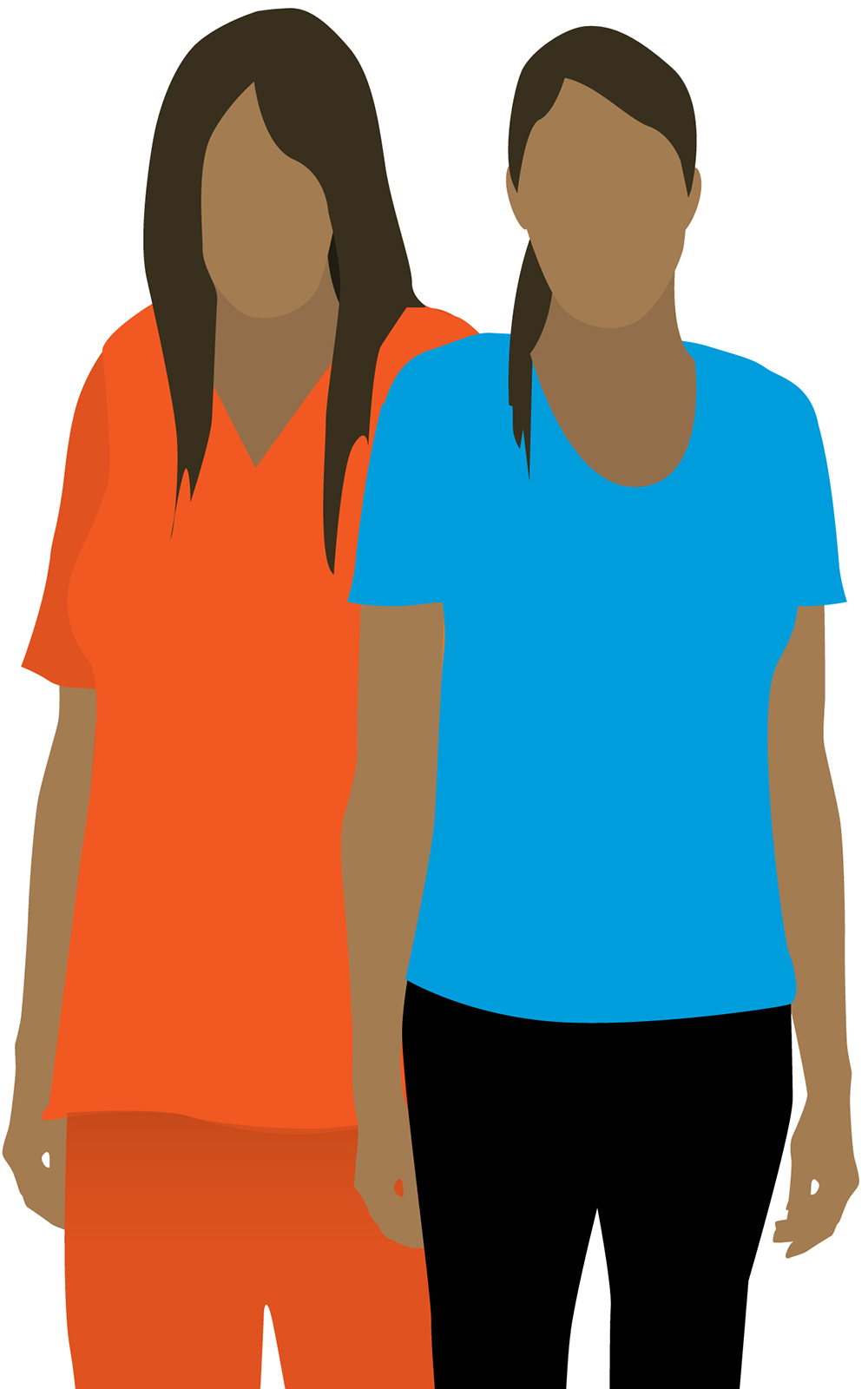Last fall, BC Law clinical professor Francine Sherman ’80 and Annie Balck ’05 authored Gender Injustice: System-Level Juvenile Justice Reforms for Girls, the most comprehensive study to date on the subject. Findings from the report, produced in partnership with the National Crittenton Foundation and National Women’s Law Center, are depicted in the graphic representation.
Despite decades of attention, the proportion of girls in the juvenile justice system has increased and their challenges have remained remarkably consistent, resulting in deeply rooted systemic gender injustice. Girls in the justice system have experienced abuse, violence, adversity, and deprivation across many of the domains of their lives—family, peers, intimate partners, and community. There is also increasing understanding of the sorts of programs helpful to these girls. What is missing is a focus on how systems—and particularly juvenile justice systems—can be redesigned to protect public safety and support the healing and healthy development of girls and young women.
Many of the traditional tools of juvenile justice systems are blunt instruments—formal petitions, court proceedings, detention, and findings of rules violations—rather than individualized approaches, consistent with developmental research and tailored to each girl’s social environment, risk level, and needs. As a result, even the most well-intentioned juvenile justice systems tend to push girls further into the system.
Happily, system-level reforms are occurring across the country, approaching youth behavior through a developmental lens and reducing the number of youth who enter and move through the justice system. We need to make the most of this time of reform by intentionally focusing our efforts on girls.
As the report details, by assessing the impact of system decisions on girls throughout the juvenile justice process and modifying many existing juvenile justice reforms to fit the needs of girls, juvenile justice systems can be redesigned to promote healthy relationships, shore up girls’ social supports, and give girls agency over their lives.
To view the infographic, click here.



